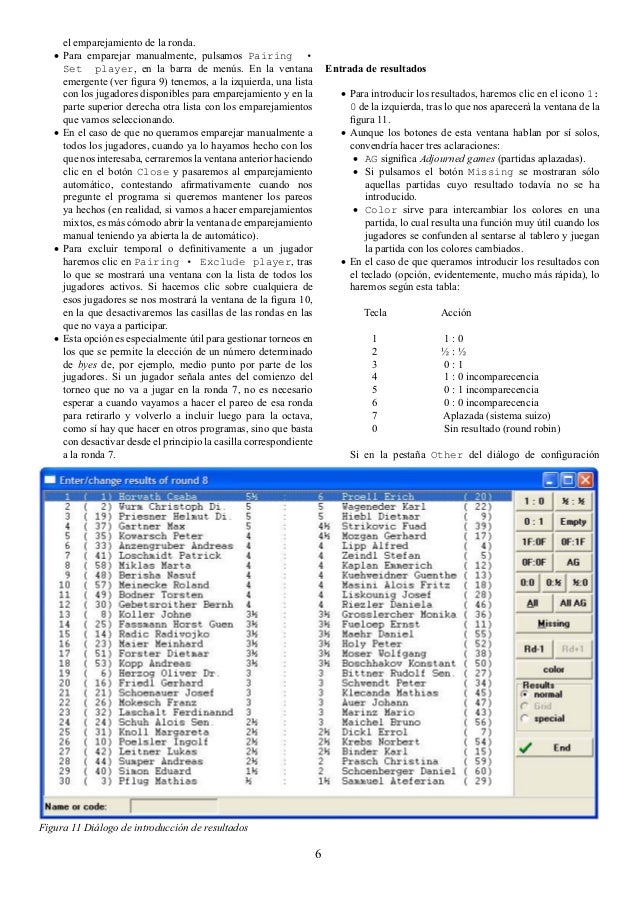

The Institute and Museum for the History of Medicine is part of the university. The campus also houses the anthropological museum Anthropologisches Museum, and the cantonal Staatsarchiv Zürich. The construction of the second stage lasted from 1978 to 1983. The first stage the construction of the university buildings was begun in 1973, and the campus was inaugurated in 1979. In 1962, the faculty of science proposed to establish the Irchelpark campus on the Strickhofareal. Members of the university can use several libraries, including the ETH-library, and the Zurich Central Library, with over 5 million volumes. The main campuses are located in the city centre, Irchelpark and Oerlikon. The university is scattered all over the city of Zürich. In 1914, the university moved to new premises designed by the architect Karl Moser on Rämistrasse 71. The Faculty of Veterinary Medicine was added in 1901, the second-oldest such faculty in the world. The university allowed women to attend philosophy lectures from 1847, and admitted the first female doctoral student in 1866. Eventually, the authorities offered Strauss a pension before he had a chance to start his duties. In the University's early years, the 1839 appointment of the German theologian David Friedrich Strauss to its Chair of Theology caused a major controversy, since Strauss argued that the miracles in the Christian New Testament were mythical retellings of normal events as supernatural happenings.


 0 kommentar(er)
0 kommentar(er)
